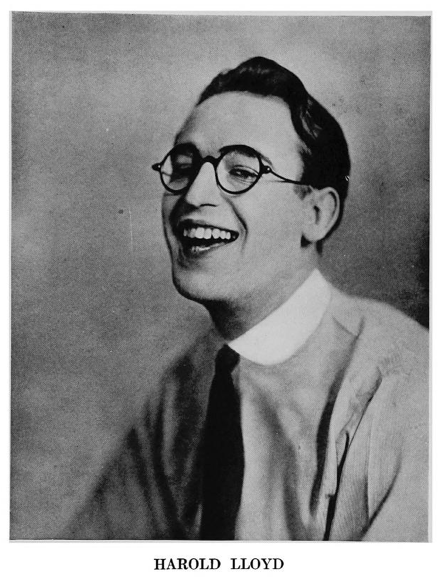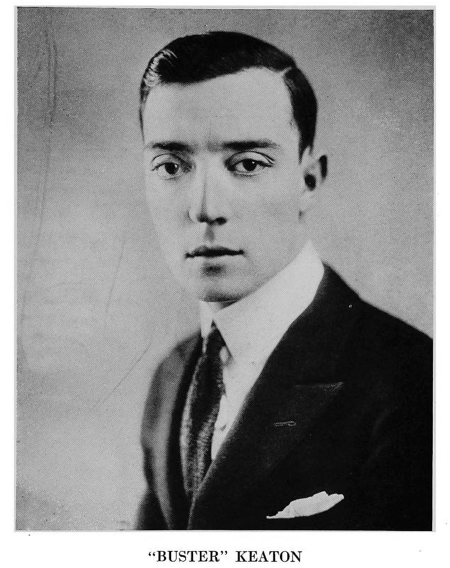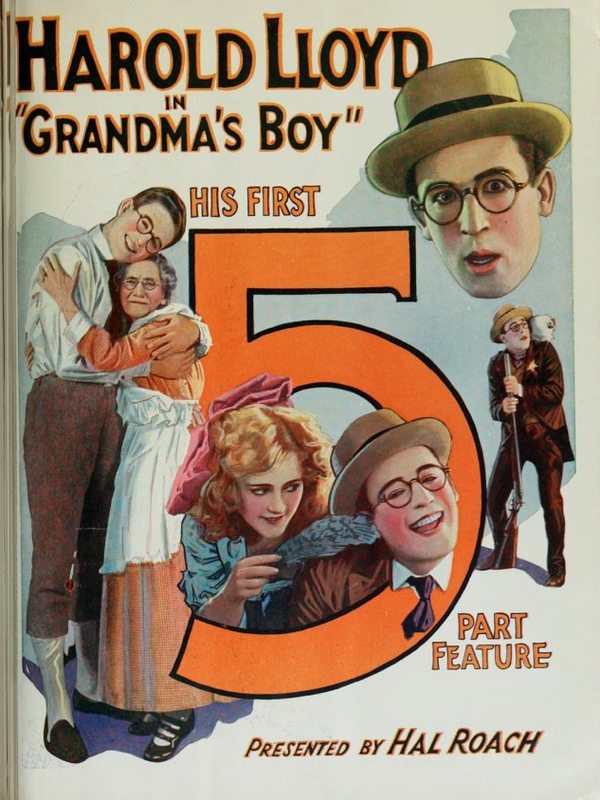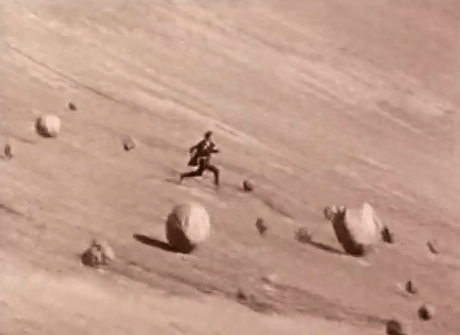Even when film was a new medium, studio moguls and stars understood that movie success was a partnership between filmmakers and fans. If that partnership were to become one-sided, that still new industry would fail. This was always at the forefront of moguls’ minds, especially since many used their own money to fund projects before the banks began to allow loans. In order to make sure that the fans kept coming, filmmakers needed to make sure they were getting what they wanted. For comedy stars, like Harold Lloyd and Buster Keaton, that meant ensuring that the audience got the most laughs possible.
Much like today, films made during the early days of Hollywood were tested in front of screen audiences. This gave the filmmakers the opportunity to add to and take from scenes if they didn’t test well. This was essential for Lloyd who didn’t have background as a comedian. He had started out as an actor playing extras that got little if any attention. So, when he began playing the characters that would eventually evolve into Lonesome Luke and the ‘glasses’ persona, he was simply learning as he went along. He learned to rely more on his writers and the reactions of audience members for feedback. In order to accurately capture the audience reaction, Lloyd developed the Laugh-o-meter.
As the name suggests, the Laugh-o-meter measure laughs from the audience, which helped the gag writers determine which parts fell flat and which parts could be extended. One film in particular where Lloyd took this feedback to heart was his first feature-length film “Grandma’s Boy.” In the film, Lloyd’s character learns to overcome his timidness to win the heart of Mildred Davis and face down his rival. The film was a new venture for Lloyd because of its mix of humor, heartfelt emotion and character development, but early test audiences thought it was too serious. Lloyd took this feedback, met with his gag writers and worked to add humor to the film. Now, it’s heralded as one of Lloyd’s best pictures.
Unlike Lloyd, Keaton was raised in the vaudeville circuit. From the time he was old enough to stand, he was employed in his folks’ vaudeville routine. He took dives, pratfalls and a lot of abuse at the hands of his father. The knockabout show was hugely popular and successful and taught Keaton the basics of comedy. Even then, Keaton still gained valuable feedback from screen audiences.
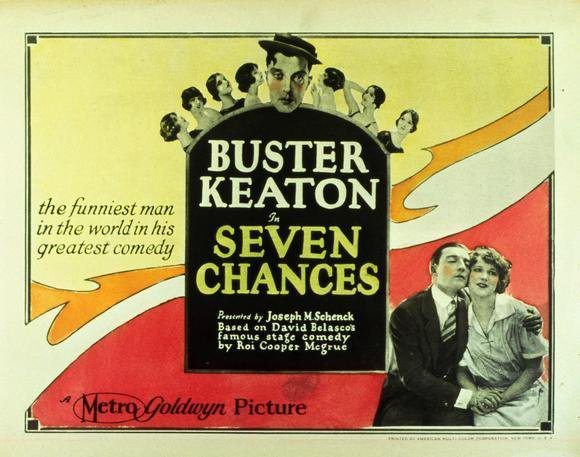
In the film “Seven Chances,” Keaton’s character has the opportunity to inherit $7 million dollars so long as he is married by 7 p.m. on his 27th birthday. After his offer is rebuffed by his girlfriend, he goes on a search to find a wife. When his search is translated into a want ad in the town newspaper, Keaton’s character finds himself desperately trying to escape the onslaught of would-be brides.
Seeing Keaton’s tiny frame trying outrun hundreds of women is a hilarious sequence, but during the test screening audiences weren’t responding as warmly as he had hoped. What he noticed, however, was that in a scene where he was sliding down a hill as a few rocks began to roll after and almost pursue him, the audience really began to laugh. This inspired Keaton to return to filming and add as many rolling rocks as possible (of all shapes and sizes) to the sequence, helping to escalate the character’s desperation and the scene’s hilarity. Check out the sequence for yourself below.
Are you enjoying our look back at silent film? Share your thoughts with us! And be sure to check out our past entries, as well as our silent film-dedicated board on Pinterest.
Want to dive deeper into the world of silent film? Keep up with my posts over on Curtains or on Chicago Nitrate.
